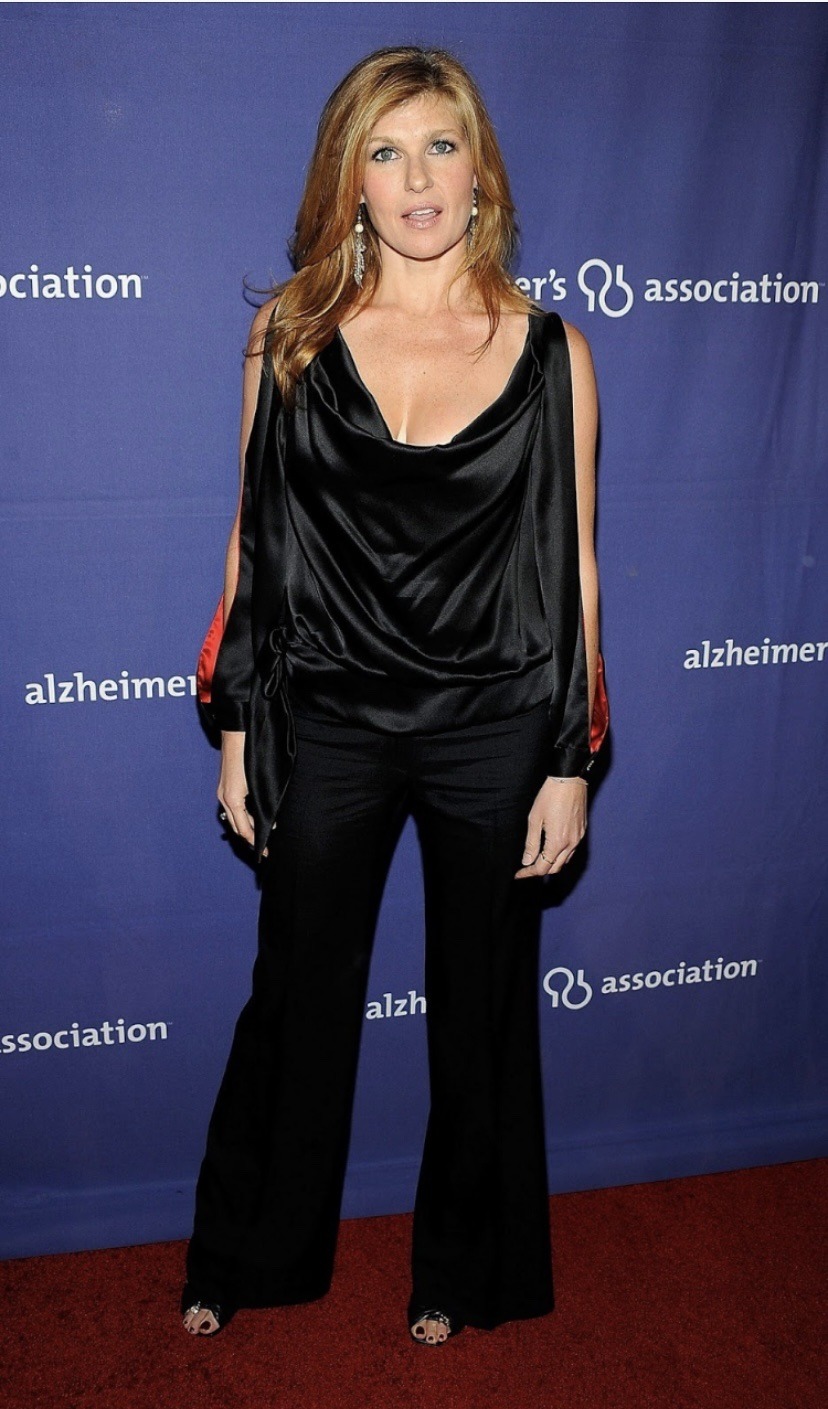




























what software graphic designers use
Introduction to Graphic Design Software
Graphic design is a vibrant and ever-evolving field, where creativity meets technology. Whether you’re crafting stunning visuals for a brand or designing an eye-catching website, the right software can make all the difference in bringing your ideas to life. With so many options available, it’s essential to find tools that align with your style and workflow.
From industry standards used by professionals to budget-friendly alternatives perfect for beginners, this guide explores the software graphic designers use today. Let’s dive into some of the top choices that can elevate your design game!
Adobe Creative Suite – The Industry Standard
Adobe Creative Suite has long been regarded as the gold standard in graphic design software. Its suite includes powerhouse applications like Photoshop, Illustrator, and InDesign, each tailored for specific tasks.
Photoshop reigns supreme for photo editing and manipulation. Designers can create stunning visuals with its vast array of tools.
Illustrator shines when it comes to vector graphics. It allows artists to craft intricate designs that maintain quality at any size.
InDesign is a go-to for layout design, especially in print media. It helps designers arrange text and images seamlessly.
Collaboration is seamless within the suite too. Adobe’s cloud services enable easy file sharing and teamwork across different platforms.
The constant updates keep it relevant with new features that cater to evolving industry needs. This adaptability makes Adobe Creative Suite indispensable for both budding designers and seasoned professionals alike.
CorelDRAW Graphics Suite – A Popular Alternative
CorelDRAW Graphics Suite stands out as a popular alternative to Adobe’s offerings. It’s particularly favored by those who appreciate its user-friendly interface and powerful features.
This software is versatile, catering to various graphic design needs from vector illustration to page layout. Designers love the intuitive tools that allow for quick adjustments and creative freedom.
One of CorelDRAW’s strengths is its compatibility with different file formats. This makes it easy for professionals to collaborate across platforms without worrying about conversion issues.
The suite also offers a range of plugins and add-ons that enhance productivity. Whether you’re designing marketing materials or creating stunning illustrations, CorelDRAW provides robust solutions tailored for diverse projects.
It’s an excellent option for both beginners and seasoned designers looking for alternatives in the graphic design landscape.
Affinity Designer – A Budget-Friendly Option
Affinity Designer has emerged as an appealing choice for many graphic designers seeking a cost-effective solution. With its one-time purchase model, users can avoid the ongoing subscription fees that often accompany other software.
This platform boasts powerful vector and raster design tools, making it versatile for various projects. Whether creating logos, illustrations, or web graphics, Affinity Designer provides all the essential features at your fingertips.
The user interface is intuitive and clean. It offers seamless navigation and allows designers to focus on creativity rather than getting lost in complex menus.
Moreover, regular updates ensure that users stay current with new tools and improvements without additional costs. This commitment to enhancing functionality makes Affinity Designer not only budget-friendly but also a reliable option in the competitive landscape of graphic design software.
Sketch – Preferred by Web and App Designers
Sketch has carved out a niche as the go-to software for web and app designers. Its user-friendly interface makes it accessible, even for beginners.
One standout feature is its vector editing capabilities. Designers can create scalable graphics without losing quality, which is crucial for responsive design.
Collaboration tools also shine in Sketch. Teams can share projects easily, allowing for real-time feedback and iterations. This streamlines the design process significantly.
Plugins enhance functionality too. The vast library of third-party integrations means that users can tailor their experience to fit specific needs or workflows.
Another benefit is its focus on UI/UX design elements. With tools specifically designed for creating prototypes and mockups, designers find it easier to visualize their concepts before finalizing them.
For those in digital design, Sketch represents a powerful blend of simplicity and depth that continues to attract creative professionals across the globe.
GIMP – Free and Open-Source Software
GIMP, or GNU Image Manipulation Program, is a powerful tool cherished by many graphic designers. As an open-source software, it invites creativity without the burden of hefty fees.
Its versatility stands out. Whether you’re doing photo retouching or creating original artwork, GIMP has you covered. A variety of brushes and filters are readily available to enhance your designs.
For those on a budget, this software shines as a fantastic alternative to pricier options. Users can customize their experience with plugins that expand its functionality even further.
The interface may feel different initially for newcomers accustomed to other programs. However, once you get the hang of it, you’ll appreciate its robust features and capabilities.
Community support is another highlight. With countless tutorials and forums online, help is always just a click away if you encounter challenges while designing with GIMP.
How to Choose the Right Software for You
Choosing the right software graphic designers use can feel overwhelming. Start by identifying your specific needs. Are you focused on print design, web graphics, or digital art?
Test out trial versions if available. Many programs offer free trials that let you explore their features without commitment. This hands-on experience will give you a better sense of what works for your style.
Consider your budget as well. Some tools require hefty subscriptions while others are more affordable or even free.
Look into community support and resources too. A robust online community means you’ll find plenty of tutorials, forums, and help when needed.
Don’t forget about compatibility with other apps you’re using. Streamlining your workflow is crucial for productivity and creativity in any project.
Conclusion
Choosing the right software graphic designers use can significantly impact your creative process and end results. Each program has its unique strengths, catering to different needs and skill levels. Whether you opt for industry giants like Adobe Creative Suite or explore budget-friendly alternatives such as Affinity Designer, understanding what each tool offers is essential.
Think about your specific design requirements and how comfortable you are with various interfaces. Experimenting with free options like GIMP may also help refine your preferences without financial commitment. The best choice will align with your style, workflow, and project demands.
As you venture into the world of graphic design, equip yourself with the tools that resonate most with your artistic vision. The right software can elevate not just your work but also enhance your overall experience in this ever-evolving field.